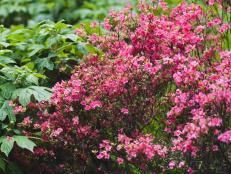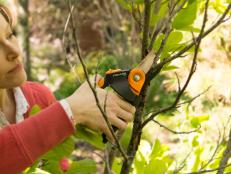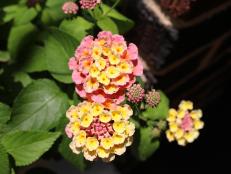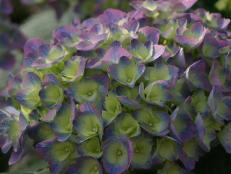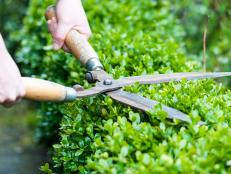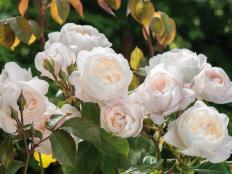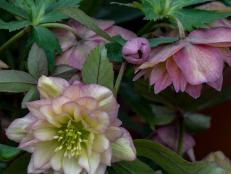Summer Pruning
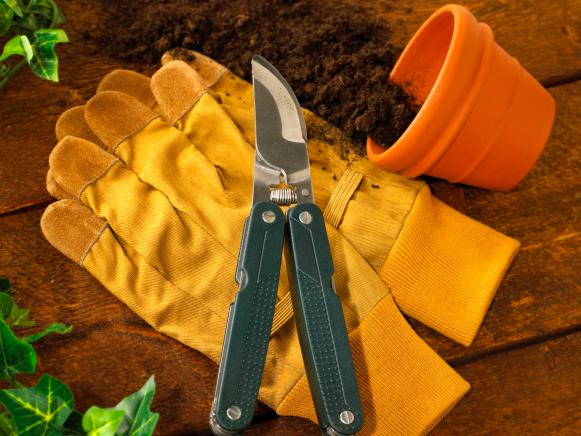
You may have heard that pruning should be done only during the dormant season but you also can prune during the growing season as well.
As he prunes a Japanese maple, Paul James points out that the proper way to prune a tree is to leave a quarter-inch to half-inch section of the cut branch attached to the main trunk rather than cutting it flush to the trunk. This is known as a branch collar, and it gives the tree the best opportunity to heal properly.
Next, Paul prunes his prized hackberry tree. Several branches are hanging so low that it's difficult to mow under them, and they cast so much shade that grass doesn't grow well. These branches are large and quite heavy, so rather than remove the entire branch he starts at one end of the branch and works his way back, cutting manageable sections until he gets to the point where the branch joins another branch, and there he leaves a proper branch collar.
Evergreens can also be pruned during the growing season. Paul has a blue spruce that has thinned out at the base because of the shade cast by surrounding plants. The solution? Remove the lower limbs up to a point where the branches are getting plenty of light. This process is called limbing up.
Another problem related to lack of sunlight is dieback on the shaded side of plants or trees. These dead areas should be removed because they can invite insects that like to eat or lay eggs in dead wood - plus, dead wood doesn't look very good.
Don't forget container plants when doing early-summer pruning. Bamboo canes, for example, produce all their new growth in just a few days or weeks, and then stop. To encourage the plants to get as tall as they can, thin out or prune all but three to five of the new canes so there's less competition. Pruning generally creates a healthier, more robust and attractive plant.






